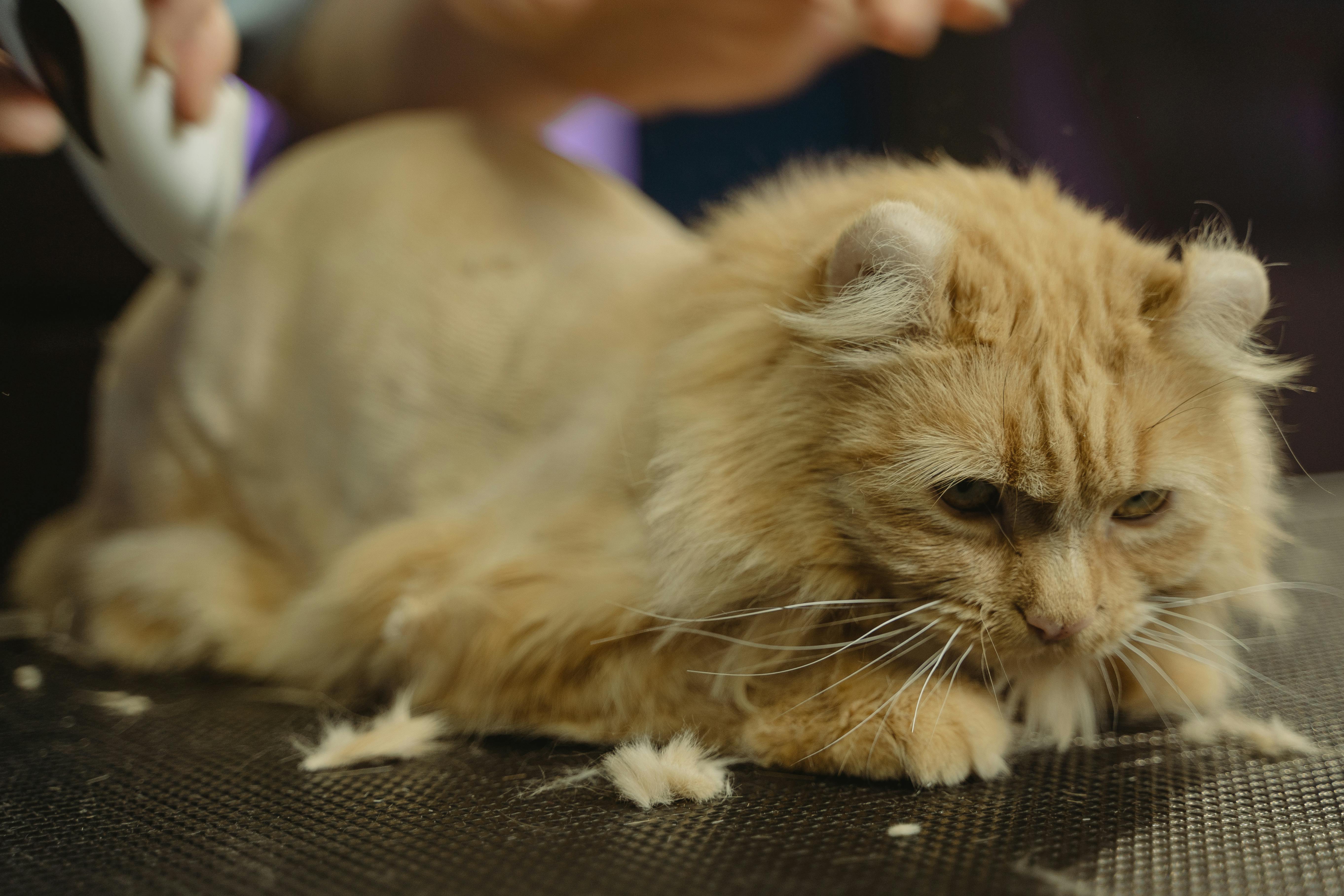How to Train Your Cat to Remain Calm at the Vet's?

How to Train Your Cat to Remain Calm at the Vet's?
Visiting the veterinarian can be a stressful experience for many cats, often resulting in anxiety and fear. However, with the right training and preparation, you can help your cat remain calm during veterinary visits. This blog post will offer some practical tips on how to train your cat to handle vet visits with ease.
Understanding Your Cat's Fear
Cats are creatures of habit and any disruption to their routine can cause stress. The unfamiliar environment, strange smells, and the presence of other animals at the vet's office can be overwhelming for your cat. By understanding the root of their anxiety, you can address it more effectively during training.
Preparation Starts at Home
Training your cat to be calm at the vet begins in the comfortability of your home. Start by making the cat carrier a familiar and safe space. Leave the carrier out in a room where your cat spends a lot of time and place familiar blankets or toys inside to make it more inviting. Encouraging your cat to explore and spend time in the carrier well before the vet appointment can reduce the stress associated with being placed in one.
Gradual Introduction to the Carrier
Begin by allowing your cat to explore the carrier at its own pace without forcing them in. You can place treats and meals near and eventually inside the carrier to encourage a positive association. Gradually increase the time your cat spends in the carrier, and try closing the door for short periods while they are calm.
Make Car Rides Routine
If possible, take your cat on short car rides that do not end up at the vet's office. This can help dissociate car rides from negative experiences. Over time, increase the duration of these rides to help your cat get more accustomed to traveling.
Desensitization and Counterconditioning
Desensitization involves exposing your cat to the aspects of a vet visit in small, controlled increments to lessen their overall anxiety regarding the experience. This can include playing recorded sounds of a vet office to acclimate them to the noises or gently handling your cat in ways a vet might during an examination.
Counterconditioning involves changing your cat's negative response to a positive one by associating the stressful situation with something they like. This could mean offering high-value treats during vet-like handling at home or using pheromone sprays in the carrier that help relax your cat.
During the Vet Visit
Keep your demeanor calm and reassuring when at the vet. Cats are very receptive to human emotions, so a stressed owner can lead to a stressed cat. Speak softly and stay present with your cat, offering treats and comforting touches when appropriate.
If your vet allows, try to schedule appointments at less busy times or ask for a quiet room to help keep your cat calm. Some vets offer 'cat-only' hours which can be a less stressful option.
Conclusion
Training your cat to be calm at the vet involves patience and consistent effort. Through gradual exposure, positive associations, and comfort management, your cat can learn to handle vet visits better. Remember, each cat is unique, and what works for one may not work for another. Adjust these suggestions to suit your cat's personality and needs for the best result.